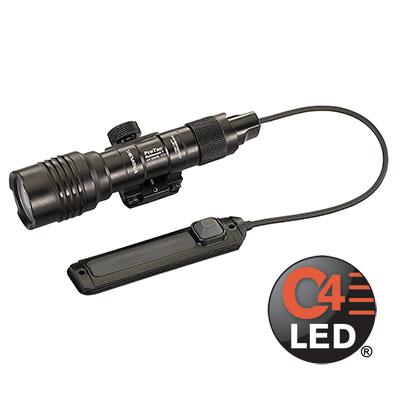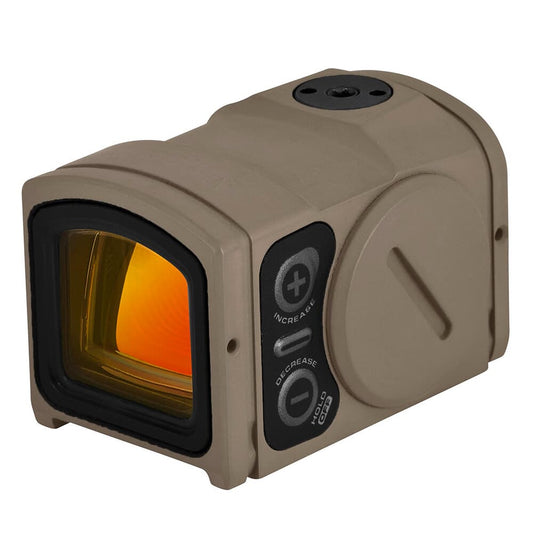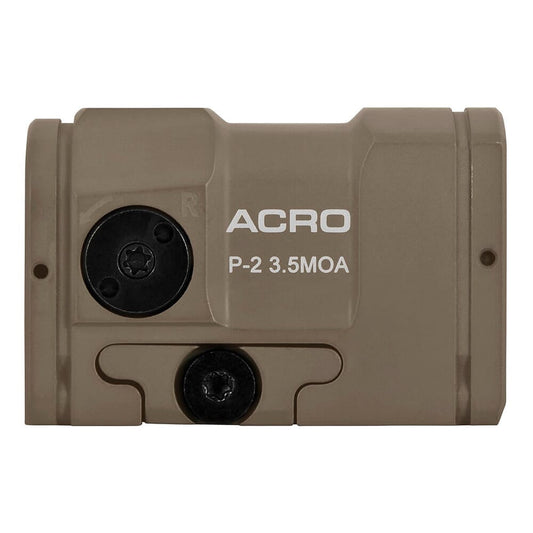

Product Overview
Streamlight ProTac Rail Mount 1 Weapon Light delivers 350 lumens of bright light for tactical applications, making it a reliable choice for firearm enthusiasts. Designed for use on Picatinny rails, this weapon light features a fixed mount for secure attachment. The dual fuel capability allows operation with either a lithium battery or a standard alkaline battery, giving users flexibility in power options. With a choice between momentary and constant-on operation through a remote switch or a push-button tail switch, this light adapts to various shooting scenarios.
Its TEN-TAP® Programming provides three operating modes, allowing users to customize functionality based on their preferences. Built to withstand harsh conditions, the ProTac Rail Mount 1 boasts a durable anodized aluminum construction and an IPX7 waterproof rating, ensuring reliability even in wet environments. This weapon light is ideal for tactical use, home defense, or outdoor adventures, providing optimal performance in diverse situations.
Key Features:
- DUAL FUEL CAPABILITY for flexibility with AA alkaline or CR123A lithium batteries included.
- BRIGHTNESS OPTIONS with 350 lumens for high output; 150 lumens for extended runtime.
- VERSATILE MOUNTING with an integrated rail clamp that easily attaches to MIL-STD-1913 rails.
- CUSTOMIZABLE OPERATING MODES via TEN-TAP® Programming for tailored functionality.
- REMOTE SWITCH with momentary and constant-on settings for enhanced tactical control.
- DURABLE CONSTRUCTION featuring anodized aluminum and impact-resistant lens for longevity.
- WATERPROOF RATING of IPX7, ensuring reliable operation in wet conditions.
- LIMITED LIFETIME WARRANTY providing peace of mind for durability and quality.
Technical Specifications Table
| Feature | Details |
|---|---|
| Brightness | High: 350 lumens, Low: 40 lumens |
| Beam Distance | High: 219m, Low: 19m |
| Runtime | High: 1.75 hours (CR123A), 1.5 hours (AA alkaline), 4.5 hours (AA lithium) |
| Battery Type | 1 AA alkaline or CR123A lithium (both included) |
| Water Resistance | IPX7 rated for 1 meter for 30 minutes |
| Operating Temperature | -40°F to +120°F |
| Construction Material | Anodized aluminum, tempered glass lens |
| Weight | Lightweight for easy handling |
What's in the Box?
- Streamlight ProTac Rail Mount 1 Weapon Light
- Remote pressure switch
- Push-button tail switch
- Remote retaining clips
- Double-sided tape
- Zip ties
- Two AA batteries (alkaline and lithium)
Customer Reviews
“Great light for my rifle, easy to install and very bright!”
“The remote switch is super handy during tactical training. Highly recommend!”
“Sturdy build and works perfectly in wet conditions. Very satisfied.”
FAQ
How bright is the ProTac Rail Mount 1 compared to other weapon lights? The ProTac Rail Mount 1 offers a maximum brightness of 350 lumens, providing ample illumination for tactical situations and surpassing many standard weapon lights in this category.
What maintenance is required to keep the weapon light functioning? Regularly check the battery condition and ensure the lens is clean. The durable construction minimizes the need for repairs, but always inspect the mount and switches for any wear.
How does this light compare to other Streamlight models? Compared to other models, the ProTac Rail Mount 1 offers unique dual fuel capabilities and customizable modes, making it versatile for various uses. Depending on your need, other models like the ProTac HL may offer higher lumen outputs.
Similar Models
Explore more options within the Streamlight lineup for additional versatility. Check out the Streamlight TLR-1 for a compact design or the Streamlight ProTac 2.0 for enhanced brightness. Each model is designed to meet specific needs and preferences, ensuring you find the right light for your requirements.
You May Also Like
Here’s some of our most similar products people are buying. Click to discover trending style.








